
Toward Ukraine's victory: major achievements in one year of Russia's full-scale invasion
Throughout the long, tragic, and exhausting year of full-scale war, the Ukrainians' main desire was victory, even though the main and decisive battle is still ahead. However, there are many smaller but extremely important victories behind us that bring us closer to the peace we have always wanted
Espreso has made a selection of the main achievements of the year to remind us of the cost of Ukraine's future.
Successful defense of Kyiv, Chernihiv, Sumy and Kharkiv in February – April 2022
Ukraine's Armed Forces held Kyiv, liberated the Chernihiv region from the occupying Russian forces, and prevented the enemy from entering Kharkiv. And civilians bravely endured air strikes and 500-kilogram bombs every day, attacks with banned cluster munitions, and living in basements and apartments that were no longer suitable for living.
In particular, this is how the people of Chernihiv lived in the center of the city with a 1300-year history, watching the invaders destroy their homes and kill their relatives.
In the village of Yahidne, 15 kilometers from Chernihiv, Russian soldiers stayed for almost a month. There were about 5,000 of them and 1,500 pieces of various military equipment. Ukrainians withstood everything. Later, in the Chernihiv region, the icons in the church started to stream myrrh.
The Kyiv region and Kyiv survived evacuation under shelling, living in a city with destroyed infrastructure, massive mining of private homes, fields, cars, and entire buildings. As of June last year, a total of 46,264 explosive devices had been found and defused during the demining of the Kyiv region.
After the de-occupation, it was planned to build 560 houses for Ukrainians who lost their homes because of the war. In particular, Italy has allocated the first EUR 500,000 for the restoration of Bucha and will continue to finance the town's reconstruction.
As for Kharkiv, at the end of March 2022, Valentyn Debelyi, a fighter with the Kharkiv Territorial Defense Forces said: “There are still battles and clashes, but we can say that we are successfully fulfilling the task called 'defense of Kharkiv'. I hope that very, very soon we will start launching a counteroffensive, as we have already done in some parts of the frontline.”
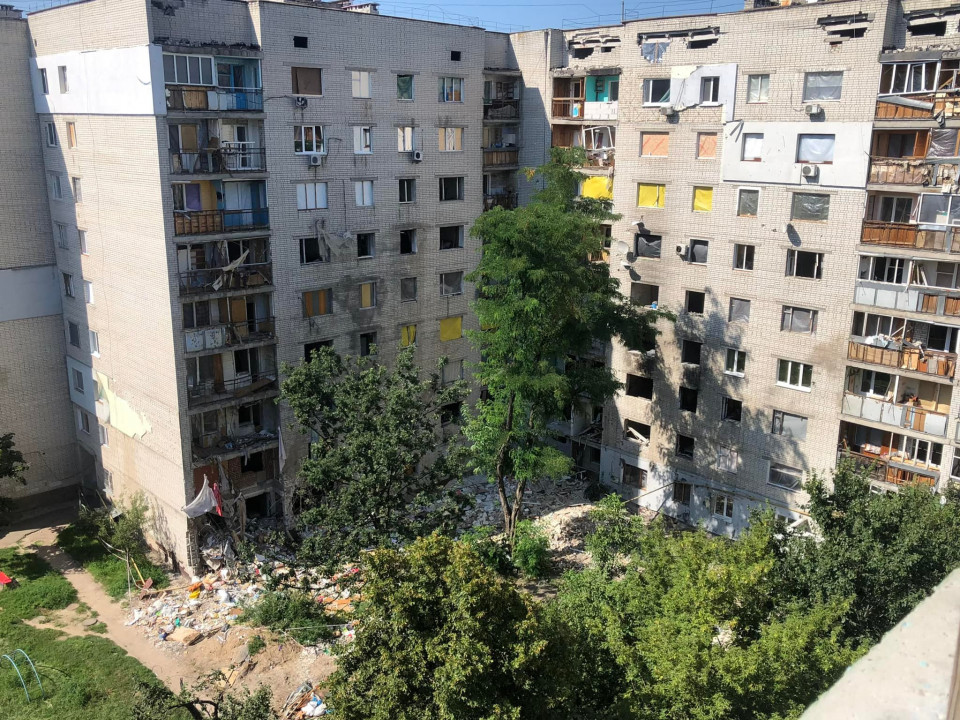
Mass resistance of the civilians to the invaders in the temporarily occupied territories
Ordinary Ukrainians, along with the Ukrainian Armed Forces, stood up to defend the country. A 70-year-old resident of the village of Motyzhyn, Kyiv region, spent two weeks helping the AFU destroy the enemy. She went to the enemy on foot, counted their equipment, and when she returned home, she told her son on the phone everything she had seen.
“There were cases when she went away, lost track, came back and recalculated,” the soldier says. She managed to point the Ukrainian military at about 100 pieces of enemy heavy equipment, including 2 Buk and one jamming station.
At the same time, Ukrainians tried to save cultural property and values. This is how Maria Pryimachenko's paintings were saved. Villagers took them out of the burning museum. The Ruscists (Russian fascists – ed.) destroyed the museum's premises, but the paintings were saved.
“People of Ivankiv took Pryimachenko's works home! They did not burn down!!!! Glory to Ukrainians!!!! We will rebuild the museum!!!” Ukrainians rejoiced in the stormy February.
The occupiers were hindered not only by people but also by nature. The Ruscists were unable to pass the Serpent's Wall. “Ancient Russian defense systems against the Horde – 2,000 years of guarantee! Near Bilohorodka, the Russians first learned about the history of Russia from their own experience. Their equipment was unable to force the Serpent's Wall (ancient system of earthworks – ed.),” our military wrote.
Despite the horrific shelling, panic, and shock, Ukrainians continued to be born in the early days of the war. In Kyiv, Kherson, and Dnipro, life was unstoppable. Babies were born in the subways, hospital shelters, and under the sound of airplanes and the whistle of bombs.

Destruction of the Moskva missile cruiser – the flagship of the Russian Black Sea Fleet
On April 13, the Ukrainian military hit the Russian cruiser Moskva with two Neptune missiles. A fire broke out on the ship, and eventually it sank. It was from the Moskva missile cruiser that the occupiers fired at the Ukrainian island of Zmiinyi (Snake Island – ed.), which was defended by 13 border guard heroes. The world-famous expression "Russian warship, go f**k yourself” referred to the flagship of the Russian Black Sea Fleet.
The sinking of the ship was the largest loss of the Russian Navy in the last 40 years and the most expensive target destroyed by the Armed Forces of Ukraine. The cruiser, with a length of 186.4 meters, a width of 20.8 meters and a draft of 8.4 meters, had a displacement of 11,500 tons. The ship was capable of reaching speeds of up to 32 knots, and its range was up to eight thousand miles. The crew of the Moskva consisted of 510 people.
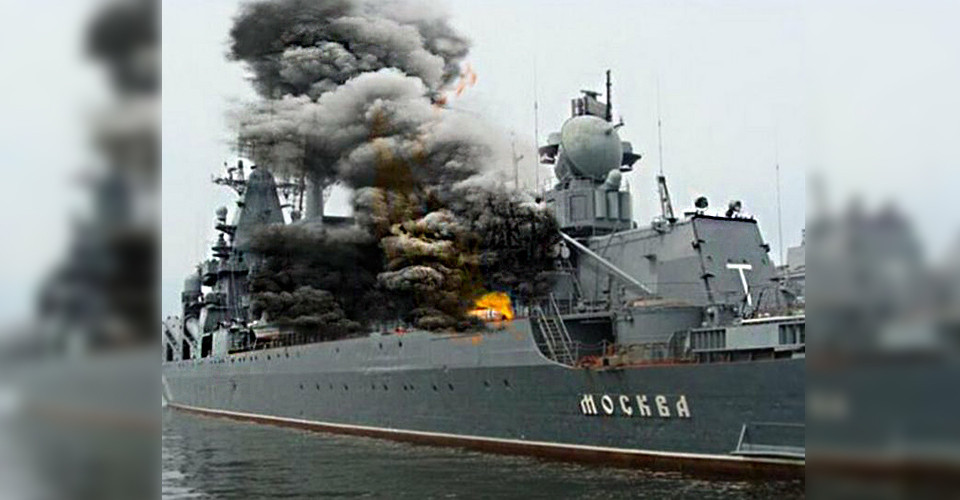
Heroic defense of Mariupol at Azovstal Iron and Steel Plant
From the first moments of the full-scale invasion, Mariupol's defenders came under heavy artillery fire. And on the same day, columns of tanks marched on the city from the east. Until mid-May, Ukrainian soldiers, many of whom were from the Azov regiment, held positions on the territory of the Azovstal plant. Civilians from Mariupol, including their children, also took refuge there. The enemy was dropping bombs on the plant every day, with naval artillery, infantry and cannons firing. However, hundreds of workers managed to survive and were not broken even by captivity. Some adults and children stayed there for one and a half to two months. The evacuation of civilians from Azovstal was carried out exclusively by the Azov regiment soldiers, as neither representatives of the Ukrainian authorities nor international organizations were allowed by the occupiers to take people out of the plant.
On May 16, in the evening, 264 soldiers were evacuated from Azovstal in Mariupol to the occupied Novoazovsk and Olenivka. On September 21, a total of 215 Ukrainian defenders were returned from Russian captivity as a result of a prisoner exchange. The prisoner release operation included three components: the exchange of Ukrainians for Vladimir Putin's friend Viktor Medvedchuk, the release of 5 commanders with the assistance of Turkish President Recep Tayyip Erdogan, and the release of 10 foreigners who fought for Ukraine.
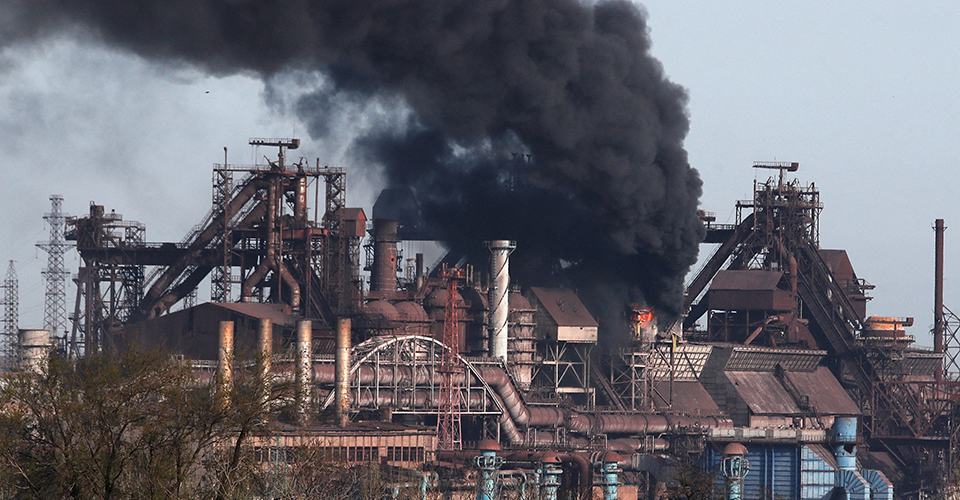
Expulsion of the Russian forces from Zmiinyi Island
At the end of June, Ukraine launched more than 10 precision strikes on Zmiinyi Island (Snake Island). At night, on June 30, the Russian invaders hastily evacuated the island. Subsequently, Ukrainian Armed Forces Commander-in-Chief Valerii Zaluzhny presented a video of Ukrainians driving the invaders off the Ukrainian island. During the demining of Zmiinyi Island, they found the Russian forces' weapons and equipment and even evacuated a Ukrainian cat that managed to survive the occupation and shelling. The animal was found during the exploration of the island and its demining. Ukrainians also discovered and seized enemy weapons and equipment.
Blowing up the Crimean bridge
On October 8, a fire broke out on the Crimean bridge in Kerch. The occupation authorities claimed three deaths and accused Ukraine of the attack. The incident was caused by a fuel tank in the tail of a freight train catching fire. After that, Russia lost the ability to transfer weapons and equipment across the damaged bridge for some time. According to British intelligence, Melitopol then became a key supply hub for Russia.
The Crimean Bridge connects the Kerch and Taman peninsulas, linking the temporarily occupied Ukrainian peninsula of Crimea with the occupier of Ukrainian lands, the Russian Federation. It should be noted that the Crimean Bridge was undergoing repairs in January after the explosion in October.
Liberation of Kherson
Some analysts call the liberation of Kherson Russia's biggest military defeat.
The city had been occupied by the Russian forces for nine months, until the Ukrainian flag was raised over Kherson again on November 11. While fleeing, the Russians blew up the Antonivka Bridge in several places, as well as the Antonivka Railway Bridge. The Defence Intelligence reported that “Kherson is returning to Ukrainian control, with Ukrainian Armed Forces units entering the city.”
Since then, and until the end of February, there has been active shelling across the Dnipro at the enemy's discovered warehouses and bases. Kakhovka, Nova Kakhovka, Chaplynka, Skadovsk, Oleshky, and Hola Prystan were hit the most. The task of the Defense Forces is to push the main enemy forces beyond the 50 km line from Dnipro.
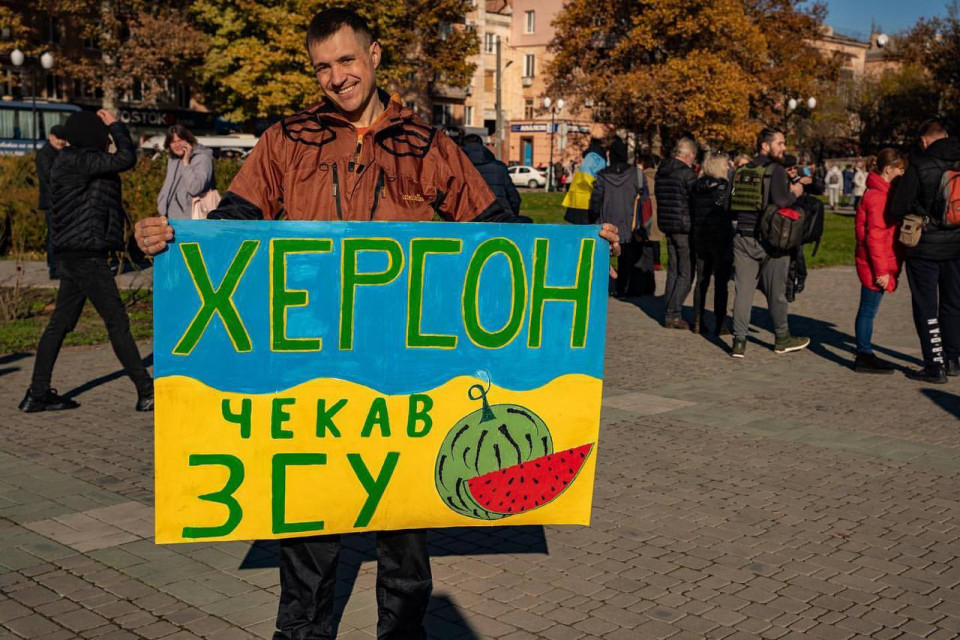
Ukrainian air defense system operation in October 2022 – February 2023
On February 24 last year, the Russian Defense Ministry reported on the "complete destruction of Ukrainian air defense systems." A year has passed, and the "completely destroyed" air defense continues to shoot down Kalibrs worth USD 1 million, several pieces a day. And sometimes as many as 60 missiles. Ukrainian air defense became even more effective in the fall after receiving modern weapons from Western partners. In October, IRIS-T systems provided by Germany began operating in Ukraine. At the same time, the Americans began delivering the first NASAMS air defense systems to Ukraine. In particular, in December, the Pentagon ordered six NASAMS air defense batteries for Ukraine for USD 1.2 billion.
But that's not all. On December 21, US President Joe Biden ordered USD 1 billion in military aid to Ukraine, which included Patriot air defense systems. In the January aid package from the United States, Ukraine received 8 Avenger systems.
In general, the high level of air defense is what can guarantee Ukraine's success at the decisive stage of the war, Politico emphasized, since Russia can rely on aviation in crucial battles.
Restraining the Russian offensive in eastern Ukraine in December 2022 – February 2023
The world is still watching the latest victory today. The new wave of the Russian offensive began in December last year and continues to this day. The main areas of attack are Bakhmut and Avdiivka. The occupiers also tried to improve the tactical situation in Kupiansk, Lyman and Zaporizhzhia areas. However, the Commander-in-Chief of Ukraine's Armed Forces Valerii Zaluzhnyi assured that Ukraine is ready for a second offensive, even on Kyiv.
The battles for Soledar were long and exhausting. On January 25, the Ukrainian army retreated from the town, but given the Russian losses, the battle for Soledar cannot be called a victory for the Kremlin.
“They are being mercilessly destroyed by Ukrainian artillery from all types of weapons, mostly Western ones. The footage we will publish later shows Warner soldiers running through the streets like mice or cockroaches, from house to house, until they are caught up by Ukrainian artillery,” former Prosecutor General and now a soldier Yurii Lutsenko described those events.
The West also noted the occupiers' heavy losses. Russia has lost more than half of its tanks in Ukraine, The Wall Street Journal reported.
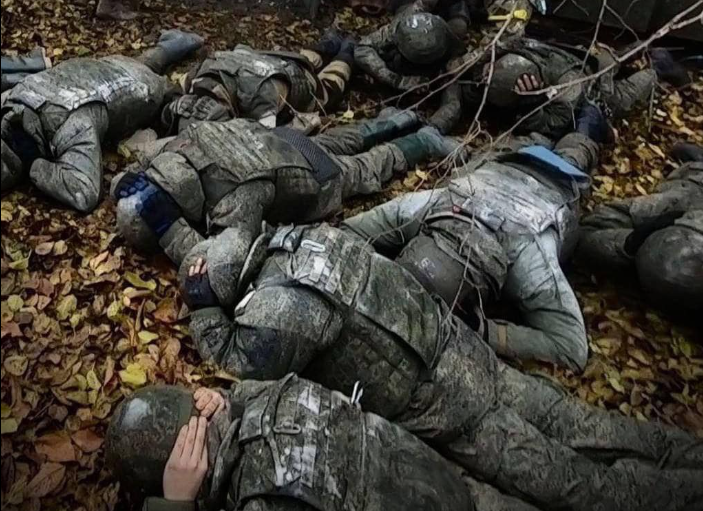
Now the destruction of the occupying forces continues near Vuhledar. The Americans have already counted 9,000 killed Wagner soldiers. This course of events caused a conflict between the head of the Wagner PMC Prigozhin and the Ministry of Defense. Analysts say that Russia lacks the reserves for a large-scale offensive against Ukraine, and talks of a new invasion are only meant to divert attention.
Another equally pleasant and important victory is that the Ukrainian Armed Forces “sent 146,820 invaders to Kobzon's concert” ("to go to a Kobzon concert", meaning to die, refers to the late Iosif Kobzon, a popular Soviet and Russian singer who supported Putin’s regime – ed.) during the year of the full-scale invasion.
- News














































